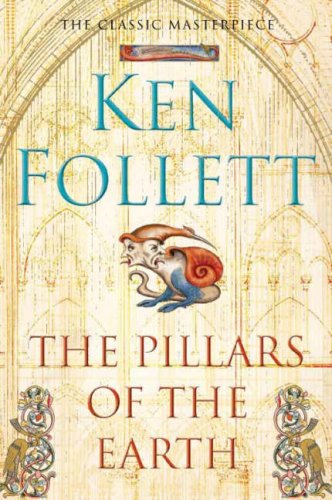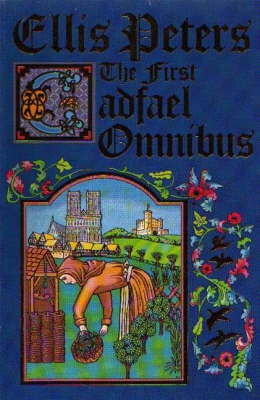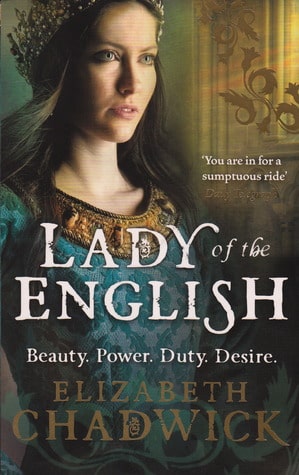
Review of The Pillars of the Earth, an epic historical fiction novel set in 12th century England by Ken Follett

This post may contain affiliate links, which means I may receive a commission, at no extra cost to you, if you make a purchase through a link. Please see our full disclosure for further information.
Synopsis
When the cathedral at Kingsbridge burns down, the newly appointed prior hires Tom Builder to manage the rebuild. In order to pay for the new cathedral, Prior Philip asks King Stephen for the rights to take stone from a nearby quarry and wood from a local forest. This puts him at odds with Bishop Waleran, who wants the wealth now owned by the priory for his own projects.
In the secular world, England is embroiled in a civil war over who the crown rightfully belongs to. Small-time knight Percy Hamleigh hears that the Earl of Shiring is conspiring against King Stephen and attacks the Earl’s castle. Percy’s son (William) is bitter over the Earl’s daughter (Aliena) breaking their betrothal and delights in leaving her destitute.
Kingsbridge prospers under Prior Philip’s capable leadership. Tom Builder’s family prospers as the cathedral grows. Aliena also prospers, as she has become a successful wool merchant and singlehandedly funded her brother’s goal of retaking the earldom. This angers William, who tries several times to destroy the town and steal the income for his own lands.
Review
The Pillars of the Earth has a slow start. It promises to be a book about the building of a cathedral in the fictional town of Kingsbridge. However, I was disappointed by the first couple of hundred pages as there was no cathedral and it wasn’t even set in Kingsbridge. Even once the story arrives in Kingsbridge, there seems to be no need to build a cathedral.
I enjoyed the ongoing conflicts between Prior Philip and Bishop Waleran, and between the Hamleighs and Aliena. They have such ‘on-sight’ rivalries that affected their actions (and much of the story). I was particularly amused by the way these rivalries mirrored the conflict between King Stephen and the Empress Matilda in the 12th century.
I also enjoyed how the relationships between the characters change over time. For example, when Aliena and Prior Philip first meet, Philip helps Aliena and they become good friends. Then Philip prevents Aliena and Jack from living together, and their relationship sours. This seems more like real life than the always consistent relationships I’m used to seeing in novels.
I loved how many various threads there are to this story. There’s the tale of Jonathan being abandoned by his family and raised by the monks. I enjoyed the mystery of what happened to Jack Shareburg and why. Then there’s the story of the earldom of Shiring and the competition between Aliena’s family and the Hamleighs.
Occasionally, one of the characters will use a word that doesn’t sound right in the historical setting. I understand that no one spoke modern English in the 12th century, but some words just don’t fit. I would give some examples, but they’re too crude for my liking.
Guided by a Stone-Mason (Complementary reading)
While reading The Pillars of the Earth, I kept a book called’ Guided by a Stone-Mason: The Cathedrals, Abbeys and Churches of Britain Unveiled’ by Thomas Maude close at hand.
I found it difficult to picture where different parts of the cathedral were located, and the technical terms were difficult to follow. Guided by a Stone-Mason helped me with this. It also has information on other aspects of cathedral building (like types of stone) if you’re interested.
Conclusion
Have you read The Pillars of the Earth? What did you think? Do you agree with what I’ve said about it? Let me know in the comments.





